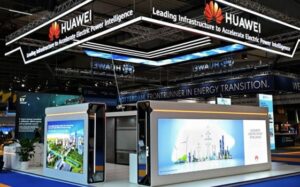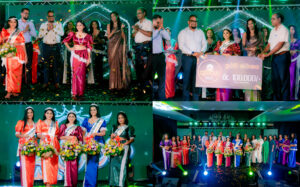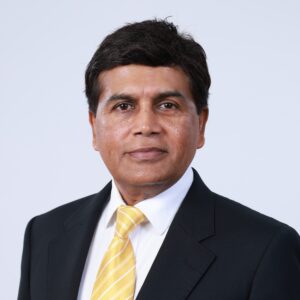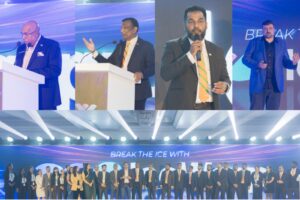Innovative Microwave Solutions Proposed at Huawei 5G Microwave Asia-Pacific Conference for Heavy-Rain Regions
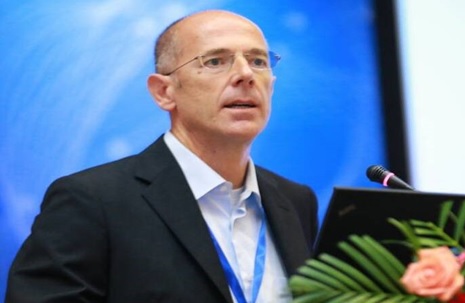
The Huawei 5G Microwave Asia-Pacific Conference was held online recently, bringing together more than 130 guests to share insights into 5G microwave applications and to discuss how microwave solutions contribute to accelerating 5G development in the Asia-Pacific region. At the conference, Huawei proposed an innovative solution to solve transmission capacity and distance bottlenecks that traditional microwave solutions encounter in the parts of the Asia-Pacific region that experience heavy rain.
Huawei’s 5G microwave solutions have simplified architecture and support ultra-high bandwidth and low latency. The solutions allow carriers to quickly launch networks, helping them acquire subscribers from high-end markets, as demonstrated in the first wave of 5G construction in the Middle East. As they feature a shorter time to market and return on investment period, microwave solutions are hailed as the optimal transport solution to scale up 5G development.
Huawei’s leading 20 Gbps E-band microwave solution has played a crucial role in ensuring the transport capacity for large-scale 5G commercial networks. However, the E-band spectrum is prone to high rain attenuation, limiting the coverage distance in heavy-rain regions. Large-diameter antennas are featured with small beam angles, placing high requirements on tower stability.
Chairing the conference, Mr. Renato Lombardi, Huawei Fellow and Chairman of the ETSI Industry Study Group mWT, proposed an innovative solution based on intelligent beam tracing (IBT) antenna for long-reach E-band and super dual band(SDB) approaches to increase the coverage distance and simplify deployment. The combination aims to significantly increase the coverage distance of microwave solutions in heavy-rain regions.
Increasing antenna diameter is the most effective approach to increasing the coverage distance of microwave signals. However, a larger diameter leads to a smaller beam angle and requires greater tower stability. Therefore, for current E-band deployments, 0.3 m antennas are mostly adopted for ultra-short-distance links. In contrast, the 0.6 m antenna applications are limited due to demanding deployment requirements.
Earlier in 2020, Huawei released the industry’s first 0.6 m IBT antenna. Detecting that signal towers shake or shift within a certain degree due to environmental factors, the antenna will enable beams to automatically maintain their orientation, addressing strict requirements placed on tower stability. The antennas support on-pole deployment, providing an extra advantage to promote scaled deployment. Compared with 0.3 m antenna, the 0.6 m IBT antenna increases the coverage distance by up to 40%. While this new solution is now beginning to see scaled deployment, an IBT antenna with an even larger diameter is being planned to further increase the coverage distance of E-band microwave solutions.
If the long-reach E-band solution cannot meet the coverage distance requirement in high-capacity use cases, Mr. Lombardi recommended the SDB solution. This solution combines the long transmission distance of traditional bands with E-band’s high capacity, offering an optimal solution to achieve a transmission distance of 3–5 km in heavy-rain areas. Combined with 0.6 m IBT antennas, the SDB solution provides a multifold transmission distance as compared to the E-band solution, while also easing site deployment.
Chris Meng, the director of Asia Pacific Carrier Wireless Network solutions of Huawei, pointed out that 5G microwave is crucial to the speed and cost control of 5G deployment. “Resolving the backhaul bottleneck helps promote the prosperity of 5G in the Asia Pacific region.”
Perry Yang, President of Huawei’s Microwave Product Line, said: “Huawei will continue innovating on microwave products and solutions to help customers fulfill backhaul requirements for different regions in line with spectrum and rain region-specific characteristics.”
Photo Caption
Mr. Renato Lombardi, Huawei Fellow and Chairman of the ETSI Industry Study Group mWT


